Maquoketa River Watershed Management Authority
An effective path toward cleaner water and flood management in Iowa includes a strong emphasis on a watershed approach, which considers the entire area of land that drains into a body of water, such as river or lake. A watershed approach incorporates both technical data and robust stakeholder participation, so that policies and actions are realistic and data-driven.
Watersheds are not confined to traditional jurisdictional boundaries, and to accomplish local watershed-based planning, many cities, counties, and soil & water conservation districts have formed Watershed Management Authorities (WMAs) through voluntary, intergovernmental agreements. The first WMA in Iowa formed in 2012, and today, there are more than 20 WMAs recognized by the state of Iowa (Iowa Water Center).
The Maquoketa River in Eastern Iowa has a watershed that spans seven counties, including large portions of Delaware, Dubuque, Jones, and Jackson Counties, and smaller portions of Fayette, Clayton, and Buchanan Counties. While efforts to improve water quality and promote best management practices in this watershed have been happening for quite some time, the Maquoketa River WMA is a relatively new regional and intergovernmental organization. With 35 jurisdictions having joined the agreement, the Maquoketa River WMA exists to reduce flood risks and improve water quality. One way that they’ve had success in educating the public about the importance of the watershed is through recreational water uses, such as the new whitewater park in Manchester.
The WMA has a strong foundation in place, including an active technical committee, support from state organizations (such as the Iowa Department of Agriculture and Land Stewardship), broad stakeholder support, outreach to residents and local governments, and an active volunteer base for completing monitoring water quality and other activities.
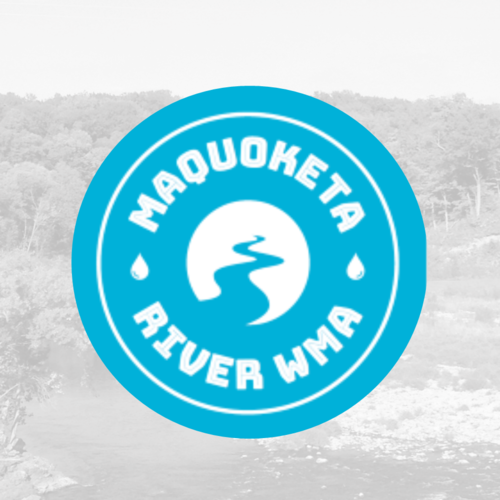
Projects

Camp Courageous Cultural Education Center
Civil & Environmental Engineering students enrolled in the Senior Design Capstone course designed a site plan for an ADA-compliant cultural education center at Camp Courageous.
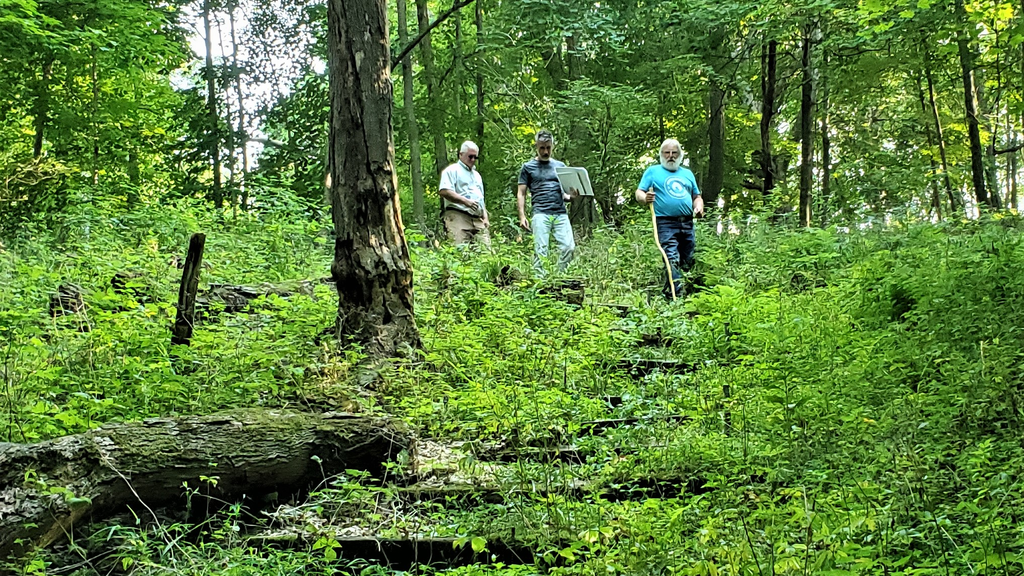
Camp Courageous Multipurpose Trail System
As part of their Senior Capstone Course, Civil & Environmental Engineering students identified and connected points of interest on the Camp Courageous grounds with ADA-compliant nature trails for all campers to use.
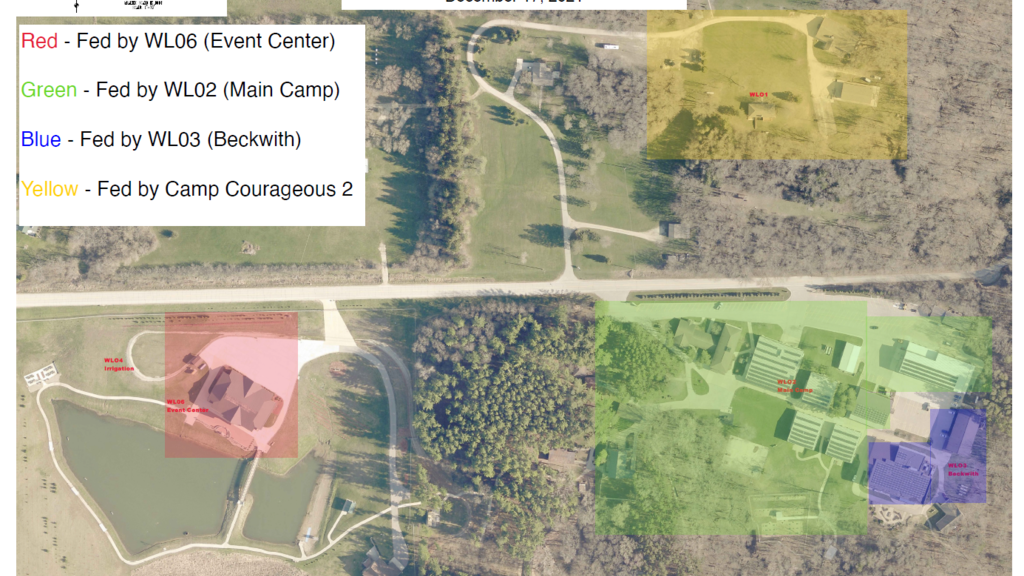
Camp Courageous Potable Water Master Plan
As part of their Senior Design Capstone course, Civil & Environmental Engineering students explored alternatives and made recommendations to reduce contaminants in the source water that serves Camp Courageous.
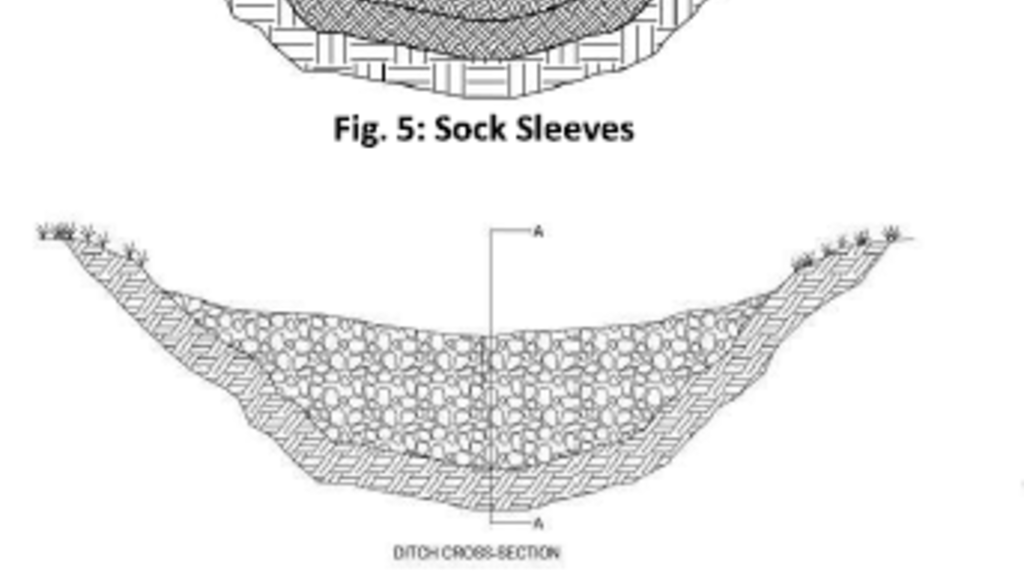
Camp Courageous Stormwater Quality and Detention
Civil & Environmental Engineering students designed stormwater management facilities to improve stormwater quality and promote habitat growth.
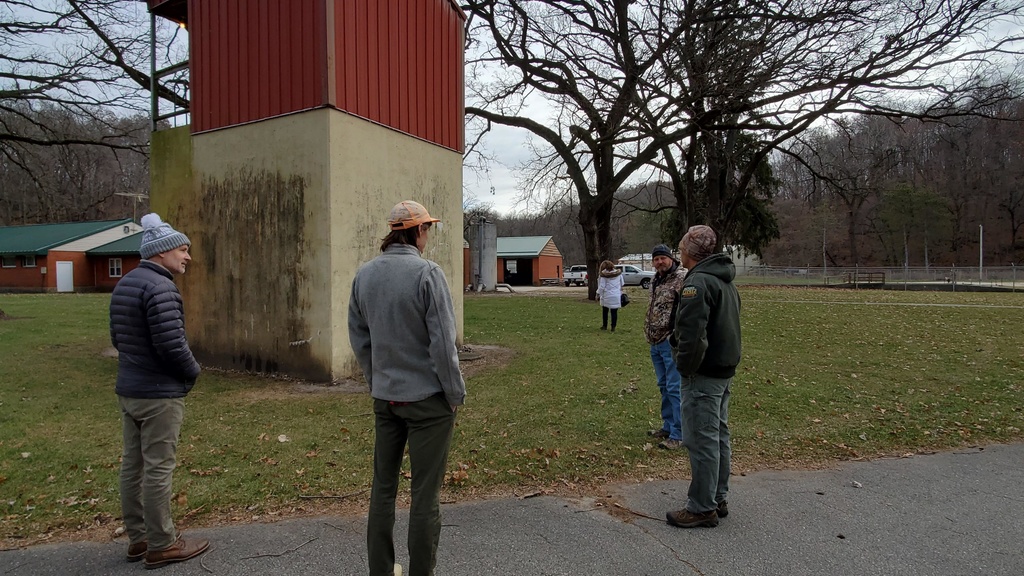
Manchester Fish Hatchery Mural
MFA students will design and install a public art piece for the Manchester Fish Hatchery, driven by a process of public engagement so that the piece reflects the values, stories, and/or identity of the community.
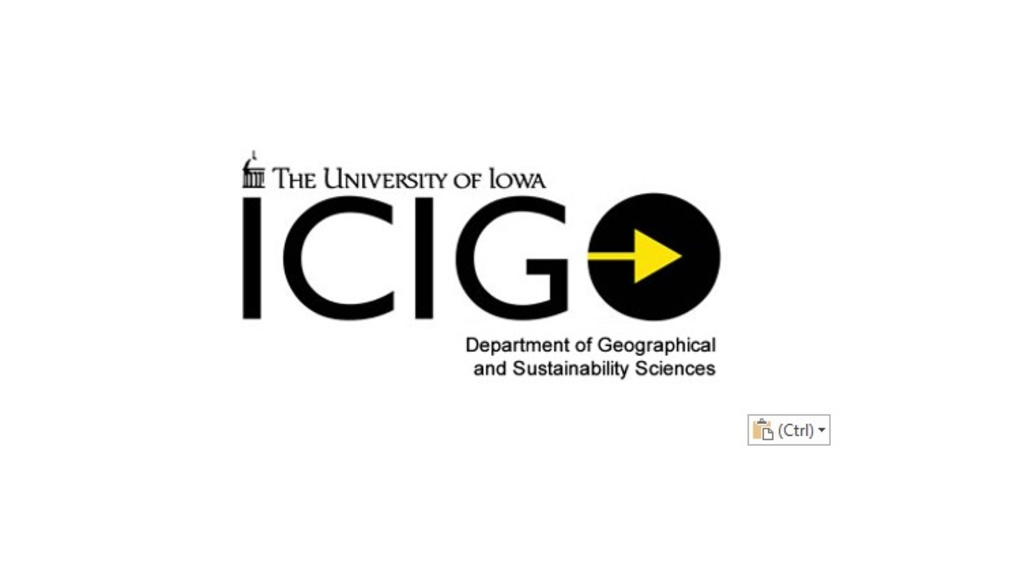
Maquoketa River Watershed Interactive GIS Map
As part of the ICIGO student organization within the Department of Geographical and Sustainability Sciences, students created an interactive GIS map for the Maquoketa River watershed. The students used Geographic Information Systems (GIS) tools to make a user-friendly map showing important features of the watershed.
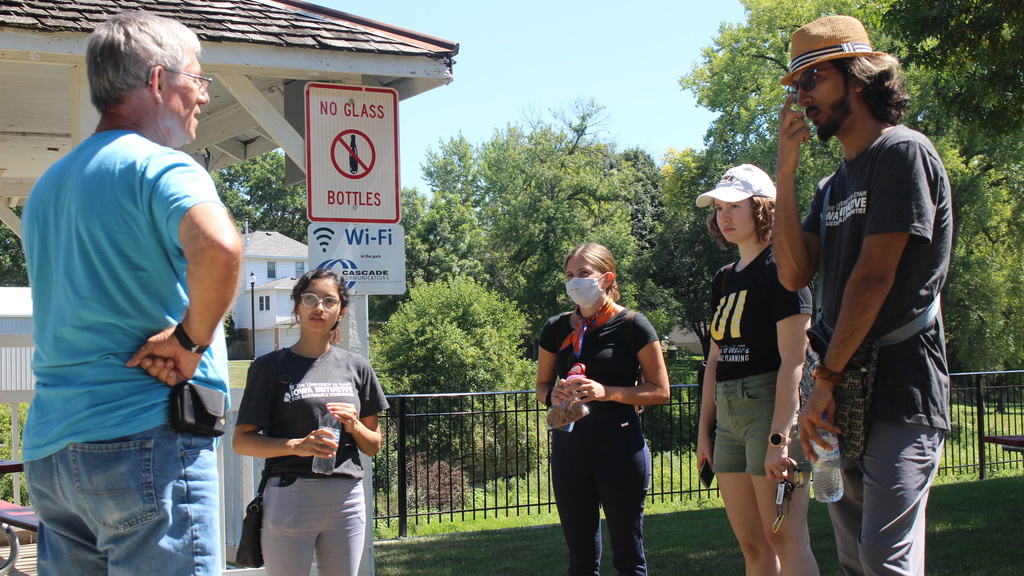
Maquoketa River Watershed Management Plan - Phase I
As part of their capstone project, second-year graduate students from the School of Planning & Public Affairs created a watershed management plan for the Maquoketa River Watershed. This project was completed as part of IISC's partnership with the City of Manchester for the 2020-21 academic year.
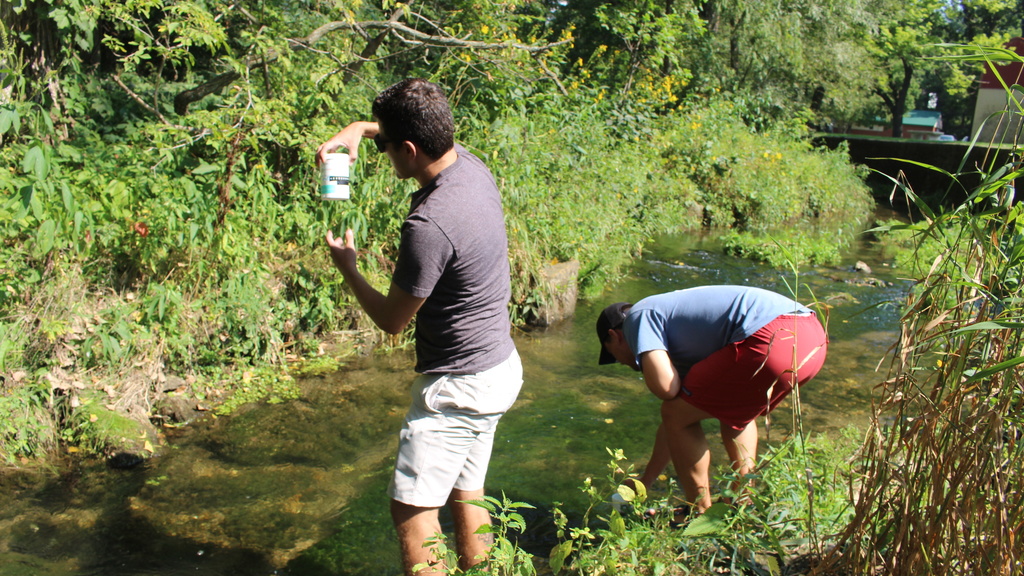
Maquoketa River Watershed Management Plan – Phase 2
As part of their capstone project, second-year graduate students from the School of Planning & Public Affairs developed a second phase of a watershed management plan for the Maquoketa River Watershed. This phase focused on prioritizing subwatersheds for site-specific interventions.
Background

Maquoketa River Watershed Short Film
Department of Cinematic Arts student Andrew Senneff created a short informational film about the Maquoketa River Watershed, with the goal of educating the public about the importance of watershed management.

Maquoketa River WMA Governance and Organizational Effectiveness
Clinic law students, who are second or third-year students at the University of Iowa College of Law participating in the Community Empowerment Law Project (CELP), worked with Maquoketa River WMA officials to improve organizational effectiveness and develop strategies to help achieve short and long terms organizational goals.
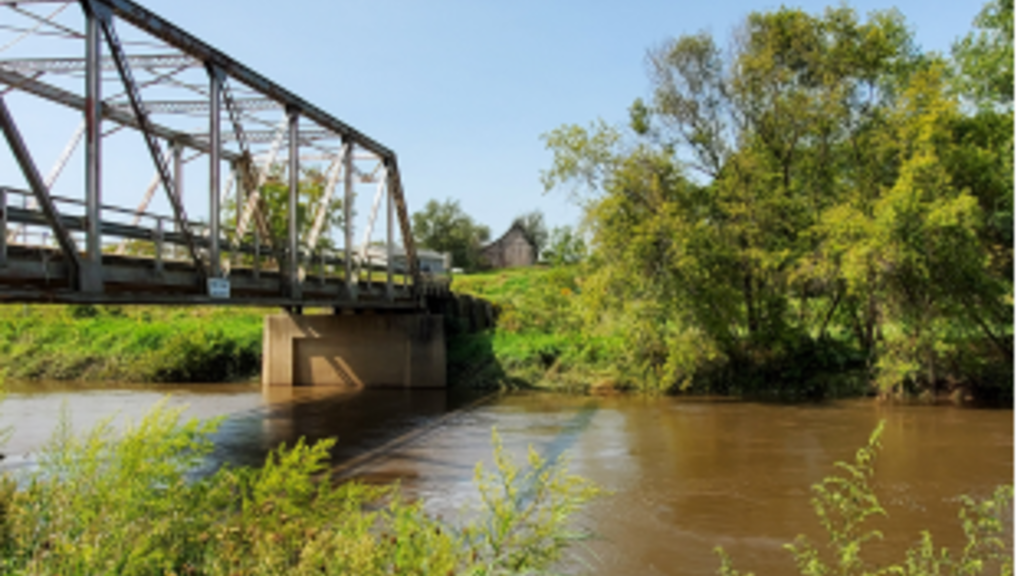
Maquoketa River WMA Sustainability Marketing
Students enrolled in the Tippie College of Business course Marketing and Sustainability worked in teams to develop three different marketing and communications campaigns for the Maquoketa River Watershed Management Authority.
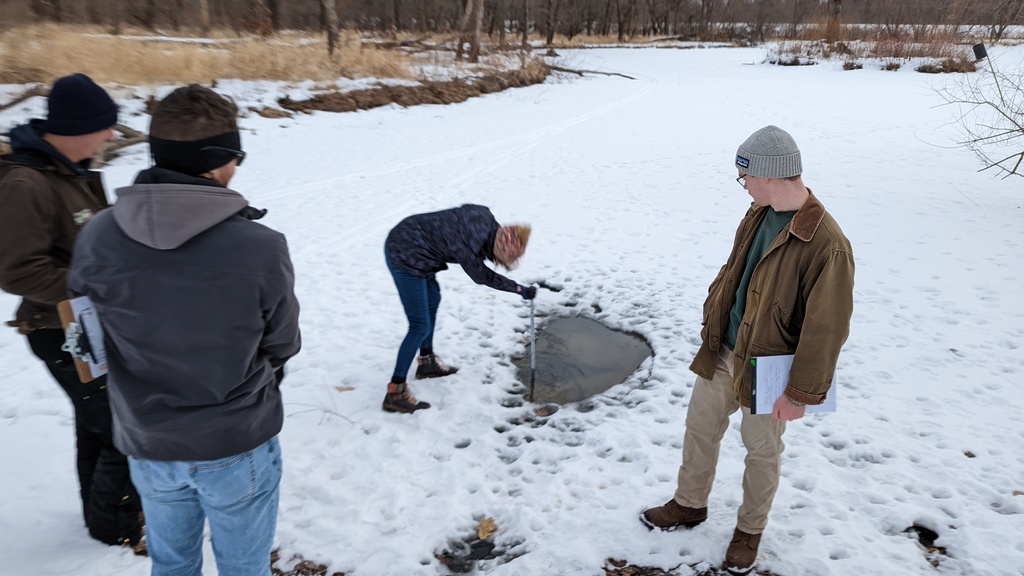
Monticello Floodplain and Prairie Restoration
As part of the Senior Design Capstone Course in the Department of Civil and Environmental Engineering, a group of students completed engineering plans for the redesign of a riverside constructed wetland and a 12-acre flood plain and prairie in Monticello, Iowa.

MRWMA Website Development Recommendations
Students in the School of Journalism and Mass Communication will provide the Maquoketa River Watershed Management Authority (MRWMA) with recommendations for website design, layout, and content to achieve MRWMA's short-term and long-term goals.

Transportation and Watershed Resilience Story Map
Urban and Regional Planning students in the School of Planning and Public Affairs developed a Story Map to explore and better understand issues surrounding transportation and flooding in the Maquoketa River Watershed.
This project takes the form of a Story Map. A story map compiles photographs, maps, audio, video, and text into a webpage to tell a story.